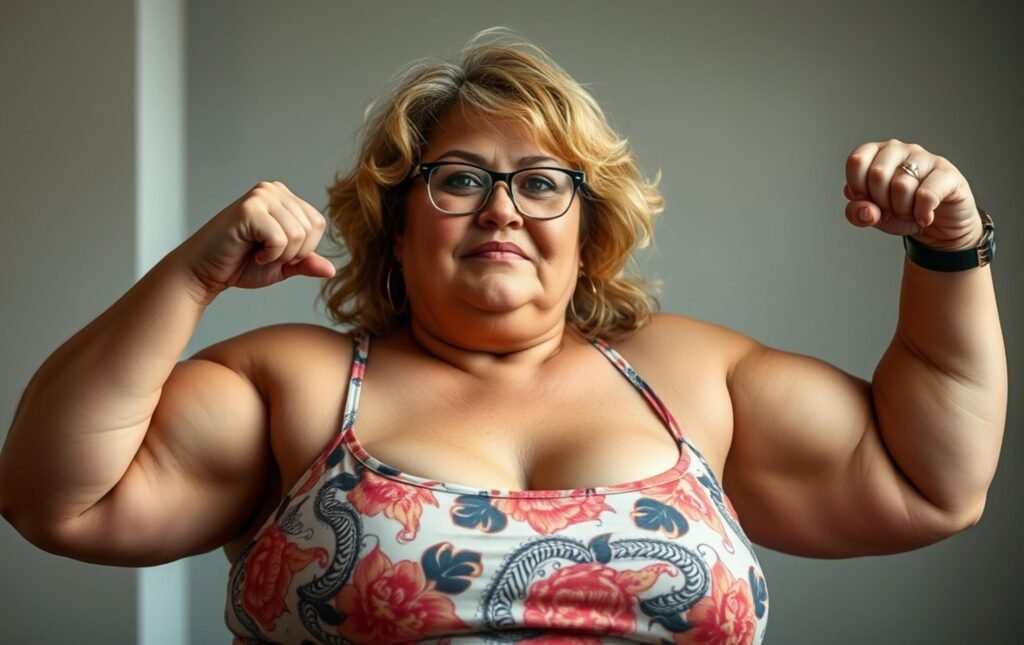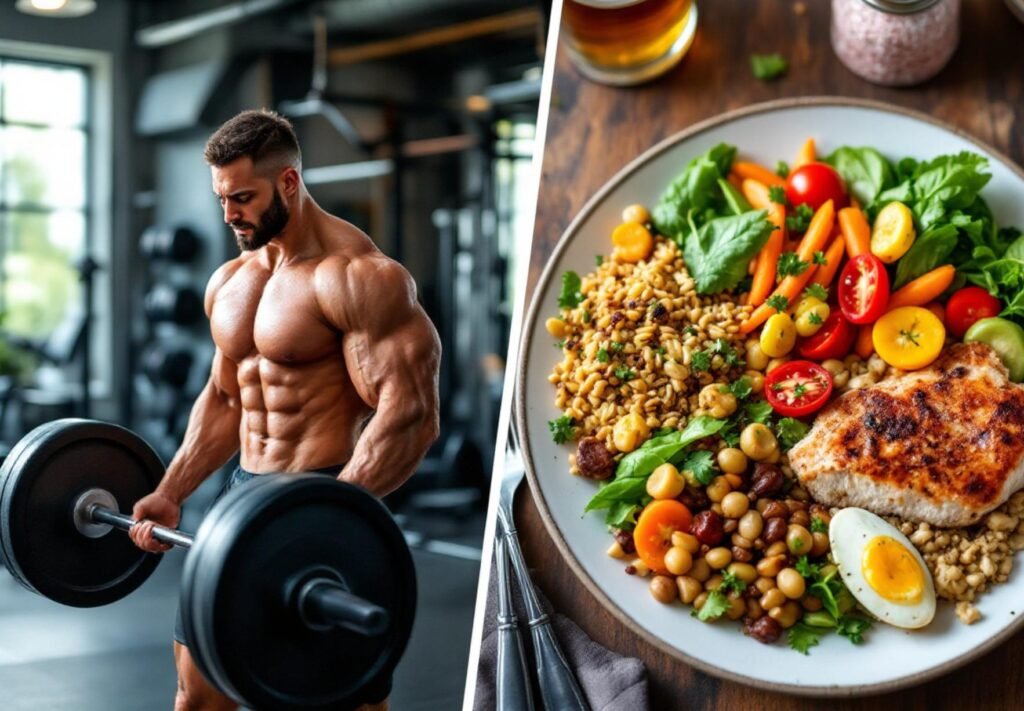When you step on the scale and notice an increase in weight, it can be difficult to determine whether you’re gaining muscle or fat. Understanding the difference is essential for achieving your fitness goals, whether you’re aiming to bulk up, lose fat, or improve your overall health. In this article, we’ll cover actionable steps to track your progress, identify whether your weight gain is muscle or fat, and optimize your approach for better results.

Why Tracking Weight Alone Can Be Misleading
If you’re relying solely on the number on the scale to measure progress, you’re missing out on the bigger picture. Weight is influenced by various factors, including muscle mass, fat, water retention, and even digestion. This is why it’s crucial to use a combination of methods to analyze your body composition.
Factors That Affect Weight Gain
- Muscle Mass: Muscle is denser than fat and takes up less space on your body.
- Fat: Excess calories not burned are stored as fat.
- Water Retention: Sodium intake, hormonal changes, and hydration levels affect water retention.
- Glycogen Storage: Carbs are stored as glycogen in muscles, which can temporarily increase water weight.
By understanding these factors, you’ll see why a 5-pound weight gain might not mean what you think it does.
How to Measure Muscle vs. Fat Gain
Use Body Fat Percentage Measurements
Measuring your body fat percentage is one of the most reliable ways to differentiate muscle from fat gain. Tools and methods you can use include:
- Body Fat Scales: These use bioelectrical impedance to estimate fat percentage but can vary in accuracy.
- Skinfold Calipers: Measure skin thickness at specific body parts to estimate fat percentage.
- DEXA Scans: The most accurate method, using X-rays to measure bone density, fat, and muscle composition.

If your body fat percentage decreases while gaining weight, it’s a strong indicator that you’re building muscle.
Take Circumference Measurements
Tracking changes in different areas of your body can provide clues about where you’re gaining mass.
- Muscle Gain Indicators: Increased size in arms, shoulders, chest, and thighs.
- Fat Gain Indicators: Increased waist circumference without proportional growth elsewhere.
Use a tape measure to track progress every 2–4 weeks for consistency.
Monitor Strength Gains
If you’re lifting weights and consistently getting stronger over time, it’s likely that you’re gaining muscle. Improved performance in compound exercises such as squats, deadlifts, and bench presses is a strong sign of muscle growth.
Take Progress Photos
Photos can reveal subtle changes in body composition that aren’t obvious on the scale. Take photos every 2–4 weeks under the same lighting and pose to track visual progress.

Diet: The Key to Maximizing Muscle Gain and Minimizing Fat Gain
Stay in a Slight Calorie Surplus
To gain muscle, you need to consume more calories than you burn. However, overeating leads to unnecessary fat gain. A moderate calorie surplus of 250–500 calories per day is ideal for most people.
Prioritize Protein Intake
Protein is essential for muscle repair and growth. Aim for 0.8–1.2 grams of protein per pound of body weight per day. Good protein sources include chicken breast, eggs, Greek yogurt, tofu, and protein shakes.
Balance Carbs and Fats
Carbs provide energy for workouts, while fats support hormonal function. A balanced macronutrient breakdown might look like this:
- 40% Carbs
- 30% Protein
- 30% Fats
Adjust these ratios based on your personal preferences and activity levels.
The Role of Exercise in Muscle vs. Fat Gain
Focus on Resistance Training
Resistance training is crucial for building muscle. Incorporate these guidelines into your routine:
- Progressive Overload: Gradually increase weights or reps over time.
- Compound Movements: Focus on multi-joint exercises like squats, deadlifts, bench presses, and pull-ups for maximum muscle engagement.
- Frequency: Train major muscle groups at least twice per week for optimal results.
Don’t Skip Cardio
While cardio isn’t necessary for building muscle, it helps with fat management and cardiovascular health. Include 2–3 sessions of moderate-intensity cardio per week to keep fat gain under control without interfering with muscle growth.

How to Monitor Progress Effectively
Track Weekly Trends
Weigh yourself at the same time every day (e.g., after waking up and before eating) and calculate the weekly average. A slow and steady rate of gain—around 0.5–1 pound per week—is ideal for building muscle while minimizing fat gain.
Adjust Based on Results
If you notice excessive fat gain:
- Reduce your calorie surplus slightly (by 100–200 calories).
If you’re not gaining weight or strength:
- Increase your calorie intake by 100–200 calories or add volume to your workouts.
FAQs on Muscle vs. Fat Gain
How can I tell if I’m gaining muscle instead of fat?
Look for signs such as increased strength, improved muscle definition, and stable or reduced body fat percentage while gaining weight.
What’s a healthy rate of weight gain?
For most people aiming to build muscle, a gain of 0.5–1 pound per week is considered healthy.
Can I lose fat while gaining muscle?
Yes, it’s possible through body recomposition, where you eat at maintenance calories while focusing on resistance training and protein intake.
What’s the best way to measure body composition?
DEXA scans are the gold standard for accuracy but may not be practical for everyone. Alternatives like skinfold calipers or body fat scales can also work when used consistently.
How do I avoid gaining too much fat during a bulk?
Keep your calorie surplus moderate (250–500 calories/day), prioritize high-protein foods, and include regular resistance training in your routine.
Conclusion
Understanding whether your weight gain is muscle or fat is critical for achieving your fitness goals effectively. By tracking multiple metrics like body fat percentage, circumference measurements, strength gains, and progress photos, you can get a clearer picture of your progress. Combine this with a balanced diet that supports muscle growth while minimizing fat gain and a structured workout routine focused on resistance training.
Start implementing these strategies today to take control of your fitness journey—and don’t forget to revisit and adjust your plan regularly based on your results!
